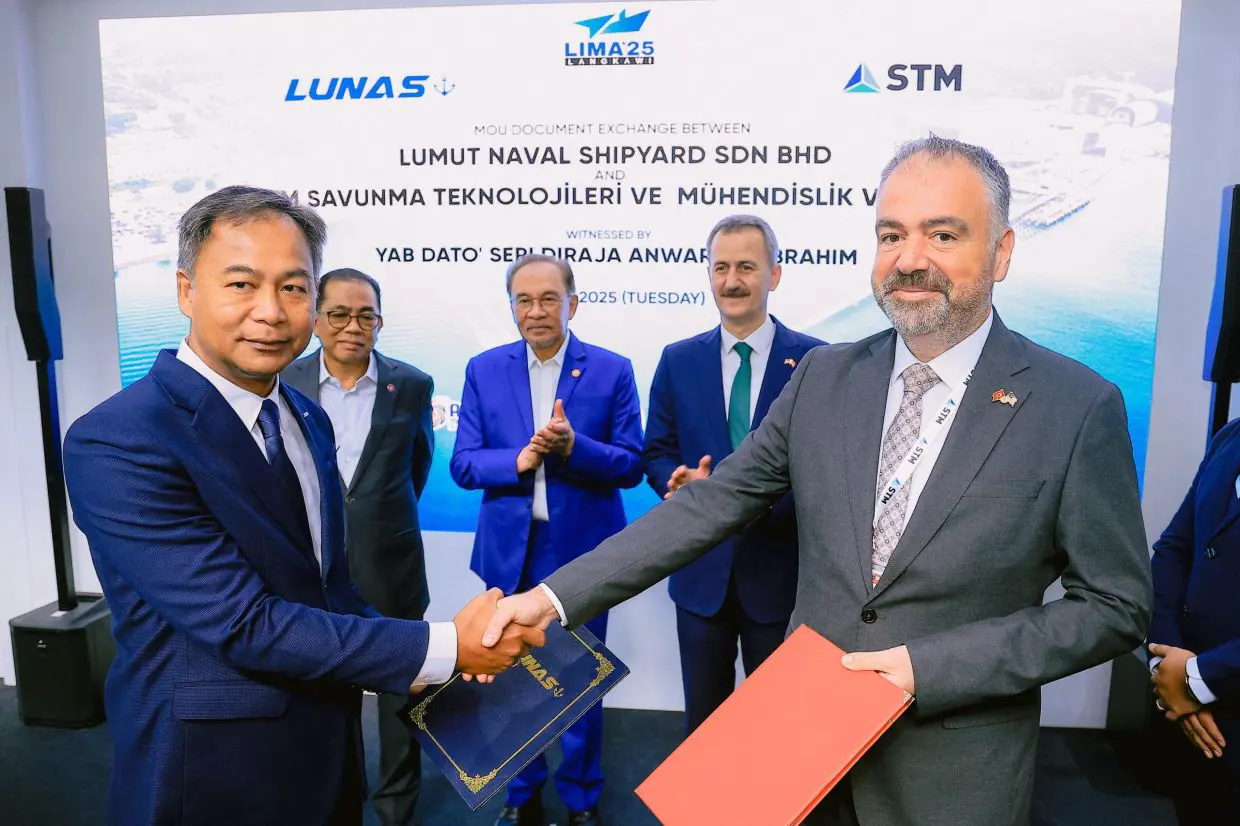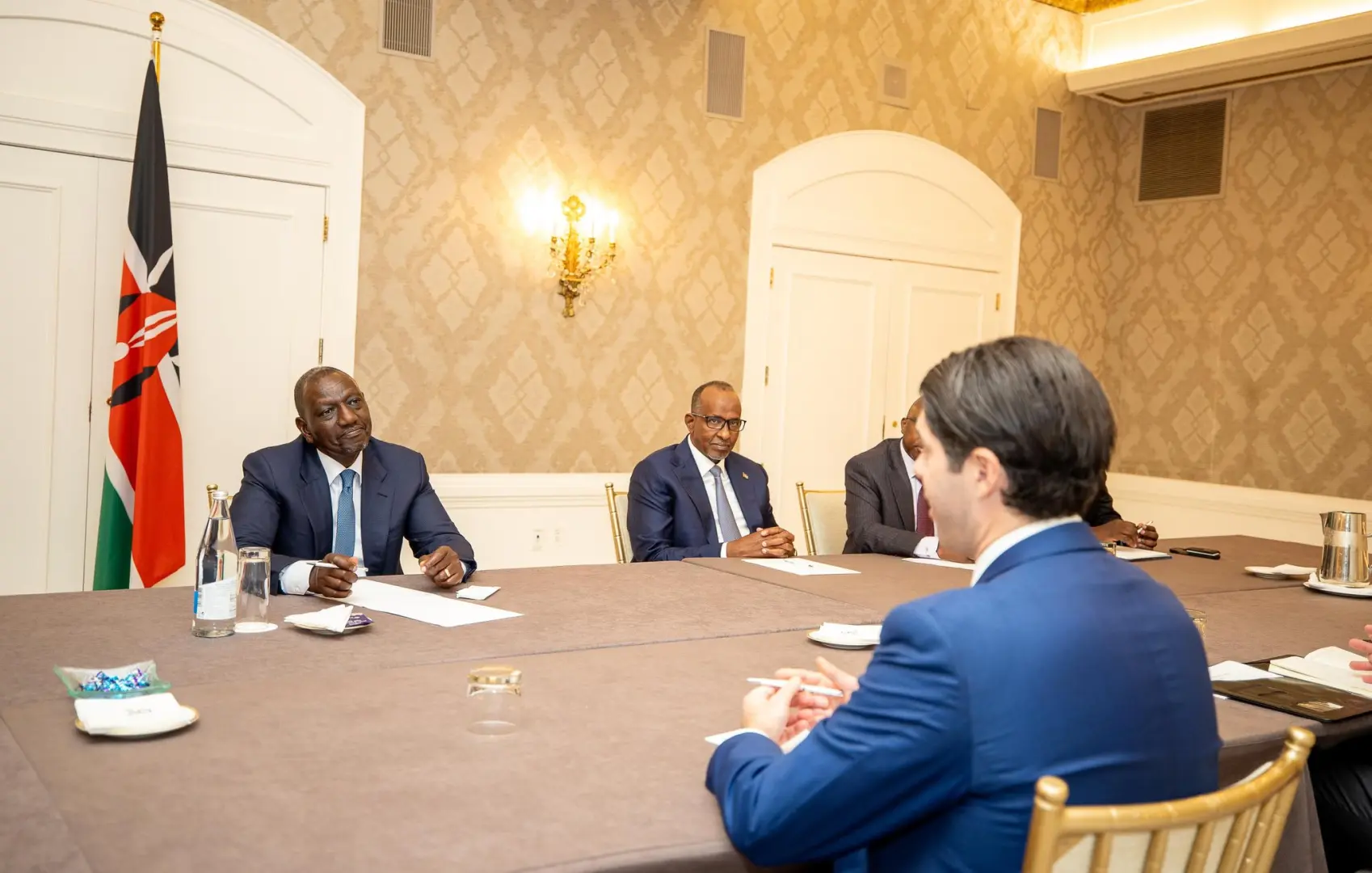Japanese Prime Minister Shigeru Ishiba’s high-stakes bid to persuade U.S. President Donald Trump to ease punitive tariffs on Japanese automotive exports appears to have fallen flat at the recent G7 Leaders’ Summit in Calgary, Alberta. Ishiba’s diplomatic setback, underscored by a lack of tangible progress on a critical trade dispute, casts a long shadow over Japan’s vital export-driven economy and raises significant questions about the Prime Minister’s political standing ahead of a crucial upper house election next month. The impasse highlights a persistent gulf between the two key allies, as Japan braces for the impending imposition of broader, potentially devastating reciprocal levies.
The scene in the picturesque foothills of the Canadian Rockies, where Ishiba and Trump were photographed in seemingly relaxed conversation, belied the intense economic and political stakes for Japan. Despite the convivial backdrop, Monday’s brief encounter evidently failed to shift the grim forecast for Japanese industry, which is now girding for broader 24% levies scheduled to kick in on July 9. This unresolved trade friction serves as a stark reminder of the “America First” trade policy’s far-reaching implications, not just for traditional rivals but also for long-standing strategic partners.
The G7 Backdrop: A Stage for Geopolitical Tensions
The Group of Seven (G7) is an intergovernmental political forum consisting of Canada, France, Germany, Italy, Japan, the United Kingdom, and the United States. The European Union is also a “non-enumerated member.” Established in 1975, the G7 traditionally focuses on global economic governance, international security, and energy policy. Its summits serve as crucial platforms for leaders of major advanced economies to coordinate policies and address pressing global challenges.
However, in recent years, the G7 summits have frequently been overshadowed by contentious trade disputes, particularly those initiated by the United States under the Trump administration. The shift from multilateral cooperation to bilateral grievances has often created an environment of tension rather than consensus. Ishiba’s attendance at the Calgary summit was primarily driven by the urgent need to secure relief from tariffs that threaten the very heart of Japan’s economic engine. He had arrived hoping a direct, personal appeal to President Trump could re-energize stalled negotiations, following protracted and ultimately fruitless efforts by Japanese trade negotiators to secure a respite from the already imposed 25% tariff on imported cars.
“Despite our persistent efforts to find common ground through serious discussions, yesterday’s meeting with President Trump confirmed that we still have discrepancies in our understanding,” Ishiba told reporters on Tuesday, his remarks betraying the evident frustration as he departed from Canada. Trump, characteristically blunt, later told reporters aboard Air Force One that “there was a chance of a deal” but appeared unwilling to concede ground. He reiterated his hardline stance: “Ultimately you have to understand we’re just going to send a letter saying this is what you’re going to pay, otherwise you don’t have to do business with us.” This firm stance from the U.S. side indicates a continued prioritization of perceived domestic economic gains over traditional allied solidarity, a hallmark of Trump’s trade philosophy.
The Thorny Path of US-Japan Trade Relations
The United States and Japan have long enjoyed a robust economic partnership, characterized by substantial two-way trade and investment. Japan is one of the United States’ largest trading partners, with trade in goods and services reaching hundreds of billions of dollars annually. However, this relationship has periodically been marked by trade imbalances, with the U.S. consistently running a trade deficit with Japan. A trade deficit occurs when a country imports more goods and services than it exports. While economists debate the true significance of trade deficits, they have been a particular point of contention for President Trump, who views them as evidence of unfair trade practices by other nations.
For decades, the automotive sector has been the most prominent feature of the U.S.-Japan trade relationship, and often, the source of friction. Japanese automakers like Toyota, Honda, and Nissan established extensive manufacturing operations in the U.S. starting in the 1980s, creating American jobs and contributing to the U.S. economy. Yet, a significant volume of finished vehicles and automotive parts are still imported from Japan. This continuous flow of imports, particularly cars, has been a central focus of the Trump administration’s efforts to rebalance trade.
The current dispute centers on the U.S. imposition of tariffs under Section 232 of the Trade Expansion Act of 1962. This rarely-used provision allows the President to impose tariffs on imports if the Commerce Department determines that those imports pose a threat to national security. While allies like Japan argue that their vehicle exports to the U.S. pose no such threat, the Trump administration has broadly interpreted “national security” to include economic security and the health of the domestic manufacturing base. The initial 25% tariff on imported cars, and the threat of broader 24% levies, are designed to pressure trading partners into making concessions that reduce the U.S. trade deficit and encourage more domestic production.
Japan’s Automotive Giant Under Siege
The most pressing and visible issue for Japan arising from Trump’s trade policies has been the crippling impact of these tariffs on its colossal automotive sector. This industry is an indisputable pillar of the Japanese economy, far exceeding its role in simply producing cars:
- Employment Powerhouse: The auto sector directly and indirectly employs nearly one in 10 of Japan’s workers, a staggering figure that underscores its importance to the national labor market and household incomes. This includes not just those on the assembly lines but also millions in associated industries like auto parts manufacturing, steel, rubber, electronics, and logistics.
- Export Engine: Automobiles and automotive parts consistently account for approximately a fifth of Japan’s total exports. This makes the sector uniquely vulnerable to trade barriers in key markets like the United States, which is a major destination for Japanese vehicles. Any disruption to this export flow has immediate and significant repercussions for Japan’s trade balance and overall economic health.
The financial toll on Japan’s leading car companies has already been severe and is expected to worsen. Toyota Motor Corp., Japan’s largest automaker and a global giant, has publicly flagged that the U.S. tariffs have likely sliced off 180 billion yen (approximately $1.2 billion USD, based on current exchange rates) from its profit in April and May alone. This represents a substantial hit to its bottom line, impacting shareholder value and future investment plans. Similarly, Honda Motor Co. has warned that it expects a staggering 650 billion yen (approximately $4.5 billion USD) hit to its earnings this year from tariffs in the U.S. and other markets. Mazda Motor Corp., facing similar uncertainties, declined to issue a full-year profit forecast, directly citing the unpredictability caused by the tariffs.
These financial impacts ripple through the entire Japanese economy. Reduced profits for automakers can lead to cuts in research and development, delayed investments in new technologies (such as electric vehicles or autonomous driving), and potentially workforce reductions or hiring freezes. The extensive supply chains supporting the auto industry – encompassing thousands of small and medium-sized enterprises (SMEs) that produce everything from specialized components to interior fabrics – also face immense pressure, threatening livelihoods across the country. The tariffs act as a direct tax on Japanese goods, making them more expensive and less competitive in the crucial American market, benefiting non-tariffed competitors or domestically produced vehicles.
Publicly, the Ishiba government has maintained a firm stance, stating its aim to win total exemption from Trump’s auto tariffs. However, behind the scenes, Japanese negotiators have reportedly been pushing for a more pragmatic outcome: a reduction of the tariffs to around 10%. This willingness to compromise, revealed by officials with knowledge of the matter who requested anonymity due to the sensitivity of the discussions, suggests a recognition of the difficult negotiating position Japan finds itself in. The template for such a compromise may have been provided by Trump’s recent trade deal with Britain, where he agreed to allow a quota of cars to be subject to a lower 10% levy. However, Japan’s position as a far larger exporter of cars to the United States makes any such “quota” deal significantly more complex and potentially less favorable.
In an attempt to assuage U.S. concerns about the trade deficit and potentially secure auto tariff relief, Tokyo had pledged to step up purchases of U.S. liquefied natural gas (LNG), agricultural products, and other items. This strategy aimed to rebalance the trade ledger in the U.S.’s favor. However, despite these proposed concessions, it became clear to Japan’s negotiators just days before Ishiba’s arrival in Kananaskis that Washington was unwilling to budge, signaling a profound lack of flexibility or perhaps a higher strategic objective for the Trump administration.
A Fragile Economy Under Pressure
The impact of the trade dispute extends beyond the auto sector, placing the world’s fourth-largest economy under significant strain. Japan’s overall exports, a key driver of its economic growth, fell in May for the first time in eight months. This decline underscores the broader vulnerability of Japan’s economy to global trade tensions and slowing international demand.
Japan has been navigating a delicate path to economic recovery following the global economic slowdowns and supply chain disruptions. While it has shown resilience, persistent challenges include an aging population, a shrinking workforce, and relatively modest domestic consumption. The nation’s economic strategy heavily relies on robust export performance, especially in high-value manufactured goods and advanced technologies. The threat of escalating tariffs, coupled with global economic uncertainties, piles significant pressure on a government already grappling with the complexities of managing inflation and fostering sustainable growth.
The combined force of existing and impending tariffs could shave nearly 1% off Japan’s Gross Domestic Product (GDP), according to estimates by Mizuho Research & Technologies. A 1% hit to GDP, particularly for an economy the size of Japan’s, represents billions of dollars in lost economic output, potential job losses, and a significant blow to business confidence. This forecast highlights the very real economic pain that Ishiba’s administration is desperately trying to avert.
Diplomacy Under Duress: Ishiba’s Strategy and Miscalculation
Prime Minister Ishiba’s diplomatic efforts at the G7 summit have drawn criticism, with some analysts suggesting he miscalculated by raising public expectations of an agreement with Trump. Kenji Minemura, a senior researcher at the Canon Institute for Global Studies, suggested that Ishiba may have overplayed his hand by creating an impression that a breakthrough was imminent. In high-stakes international negotiations, managing expectations is crucial, and failing to deliver can lead to a perception of diplomatic weakness.
Facing this reality, a senior lawmaker close to the premier indicated that Ishiba will now have to set aside the pursuit of a comprehensive trade deal for the moment. Instead, his immediate focus must shift to convincing Trump to extend the pause on the broader reciprocal levies scheduled for July 9. Delaying or averting these additional tariffs, even without a full agreement, would provide much-needed breathing room for Japanese industries and could offer Ishiba a small diplomatic win to present to the electorate.
However, the clock is ticking. Ishiba faces the daunting prospect of contesting the upcoming upper house elections next month with the full force of Trump’s tariffs already in effect. This economic backdrop could profoundly influence voter sentiment, potentially punishing the ruling coalition for perceived diplomatic failures and economic vulnerability.
The Political Tightrope: Upper House Elections and Ishiba’s Future
The political stakes for Prime Minister Ishiba are incredibly high. Japan’s Parliament, or National Diet, is bicameral, consisting of the House of Representatives (the more powerful lower house) and the House of Councillors (the upper house). Elections for the House of Councillors are held every three years, with half of its members elected each time. The upcoming election is critical for Ishiba’s ruling coalition, primarily composed of the Liberal Democratic Party (LDP).
A strong showing in the upper house election is vital for the stability of Ishiba’s government. Conversely, a significant loss could severely weaken his mandate and potentially trigger a leadership challenge. Hiroshi Shiratori, a professor of contemporary political analysis at Hosei University, noted that “The fact that nothing was agreed at the summit could raise doubts about the diplomatic skills of the Ishiba administration.” Such doubts can erode public confidence and provide ammunition for opposition parties and internal rivals within the LDP.
The current situation bears a striking resemblance to the outcome of the more powerful lower house election in October, where Ishiba’s ruling coalition struggled to secure a decisive majority. A repeat of such a result in the upper house vote could lead to a hung parliament or, even if the LDP manages to cling to a minority rule, could trigger internal party dynamics that push for a change in leadership.
Michael Cucek, a political science professor at Temple University in Tokyo, put the odds of Ishiba’s ouster even higher, estimating around a 70% chance that the LDP would replace its leader if they suffer a significant loss. “If they do have a significant loss then Ishiba has to go. You can’t lose two elections in a row,” Cucek asserted, encapsulating the harsh reality of Japanese political accountability. The LDP, known for its pragmatism and long history of dominance, often prioritizes electability and public perception. A leader who consistently fails to deliver electoral victories, especially on such a critical issue as trade with the U.S., faces an uphill battle to retain power within the party.
Beyond Kananaskis: The Road to The Hague and Beyond
Despite the disappointing outcome at the G7, Prime Minister Ishiba may get another, albeit swift, chance to make progress with President Trump later this month. Both leaders are scheduled to attend the two-day NATO summit in The Hague from June 24. While NATO is primarily a military alliance focused on security and defense, leaders’ summits often provide opportunities for informal bilateral discussions on a range of issues, including trade.
This upcoming meeting offers a slim window for Ishiba to renew his direct appeal or at least to build on any limited understanding achieved in Canada. However, given Trump’s firm stance and the impending tariff deadline, any breakthrough would require a significant shift in the U.S. position or a creative diplomatic solution from the Japanese side.
Beyond these immediate engagements, the broader trajectory of U.S.-Japan trade relations will depend on several factors: the outcome of Japan’s upper house election, the continuing impact of the tariffs on both economies, and the evolving geopolitical landscape. Both nations have a vested interest in maintaining a strong alliance, not just for economic reasons but also for regional security in Asia, particularly concerning China’s growing influence and North Korea’s nuclear ambitions. Finding a way to navigate trade disputes without permanently damaging this vital strategic partnership will be a delicate balancing act for leaders on both sides.
Conclusion: A Moment of Truth for Japan’s Leadership
Prime Minister Shigeru Ishiba’s departure from the G7 summit without a resolution to the critical auto tariff dispute marks a significant moment of truth for his administration and for Japan’s economic future. The direct economic consequences, measured in billions of yen and potentially a significant percentage of GDP, threaten to destabilize an already fragile economy. More immediately, the diplomatic setback injects considerable uncertainty into his political standing, just weeks before a pivotal upper house election that could determine his leadership fate.
The situation underscores the complex interplay between global trade, domestic politics, and international alliances. As Japan grapples with the immediate impact of U.S. trade policy, and Ishiba navigates a treacherous political landscape, the coming weeks will be crucial. Whether through continued negotiation, a strategic shift in approach, or a change in political leadership, Japan faces the imperative of securing its economic interests while preserving its vital relationship with the United States. The outcome will not only shape Japan’s trajectory but also offer insights into the enduring challenges of maintaining multilateral cooperation in an era of resurgent economic nationalism.
Ready to take your career to the next level? Join our dynamic courses: ACCA, HESI A2, ATI TEAS 7 , HESI EXIT , NCLEX – RN and NCLEX – PN, Financial Literacy!🌟 Dive into a world of opportunities and empower yourself for success. Explore more at Serrari Ed and start your exciting journey today! ✨
Photo source: Google
By: Montel Kamau
Serrari Financial Analyst
18th June, 2025
Article, Financial and News Disclaimer
The Value of a Financial Advisor
While this article offers valuable insights, it is essential to recognize that personal finance can be highly complex and unique to each individual. A financial advisor provides professional expertise and personalized guidance to help you make well-informed decisions tailored to your specific circumstances and goals.
Beyond offering knowledge, a financial advisor serves as a trusted partner to help you stay disciplined, avoid common pitfalls, and remain focused on your long-term objectives. Their perspective and experience can complement your own efforts, enhancing your financial well-being and ensuring a more confident approach to managing your finances.
Disclaimer: This article is for informational purposes only and does not constitute financial advice. Readers are encouraged to consult a licensed financial advisor to obtain guidance specific to their financial situation.
Article and News Disclaimer
The information provided on www.serrarigroup.com is for general informational purposes only. While we strive to keep the information up to date and accurate, we make no representations or warranties of any kind, express or implied, about the completeness, accuracy, reliability, suitability, or availability with respect to the website or the information, products, services, or related graphics contained on the website for any purpose. Any reliance you place on such information is therefore strictly at your own risk.
www.serrarigroup.com is not responsible for any errors or omissions, or for the results obtained from the use of this information. All information on the website is provided on an as-is basis, with no guarantee of completeness, accuracy, timeliness, or of the results obtained from the use of this information, and without warranty of any kind, express or implied, including but not limited to warranties of performance, merchantability, and fitness for a particular purpose.
In no event will www.serrarigroup.com be liable to you or anyone else for any decision made or action taken in reliance on the information provided on the website or for any consequential, special, or similar damages, even if advised of the possibility of such damages.
The articles, news, and information presented on www.serrarigroup.com reflect the opinions of the respective authors and contributors and do not necessarily represent the views of the website or its management. Any views or opinions expressed are solely those of the individual authors and do not represent the website's views or opinions as a whole.
The content on www.serrarigroup.com may include links to external websites, which are provided for convenience and informational purposes only. We have no control over the nature, content, and availability of those sites. The inclusion of any links does not necessarily imply a recommendation or endorsement of the views expressed within them.
Every effort is made to keep the website up and running smoothly. However, www.serrarigroup.com takes no responsibility for, and will not be liable for, the website being temporarily unavailable due to technical issues beyond our control.
Please note that laws, regulations, and information can change rapidly, and we advise you to conduct further research and seek professional advice when necessary.
By using www.serrarigroup.com, you agree to this disclaimer and its terms. If you do not agree with this disclaimer, please do not use the website.
www.serrarigroup.com, reserves the right to update, modify, or remove any part of this disclaimer without prior notice. It is your responsibility to review this disclaimer periodically for changes.
Serrari Group 2025












